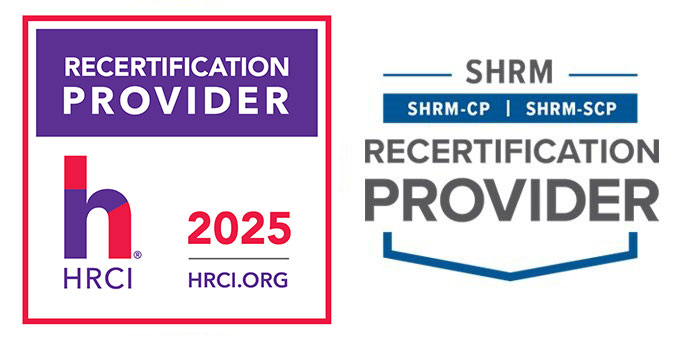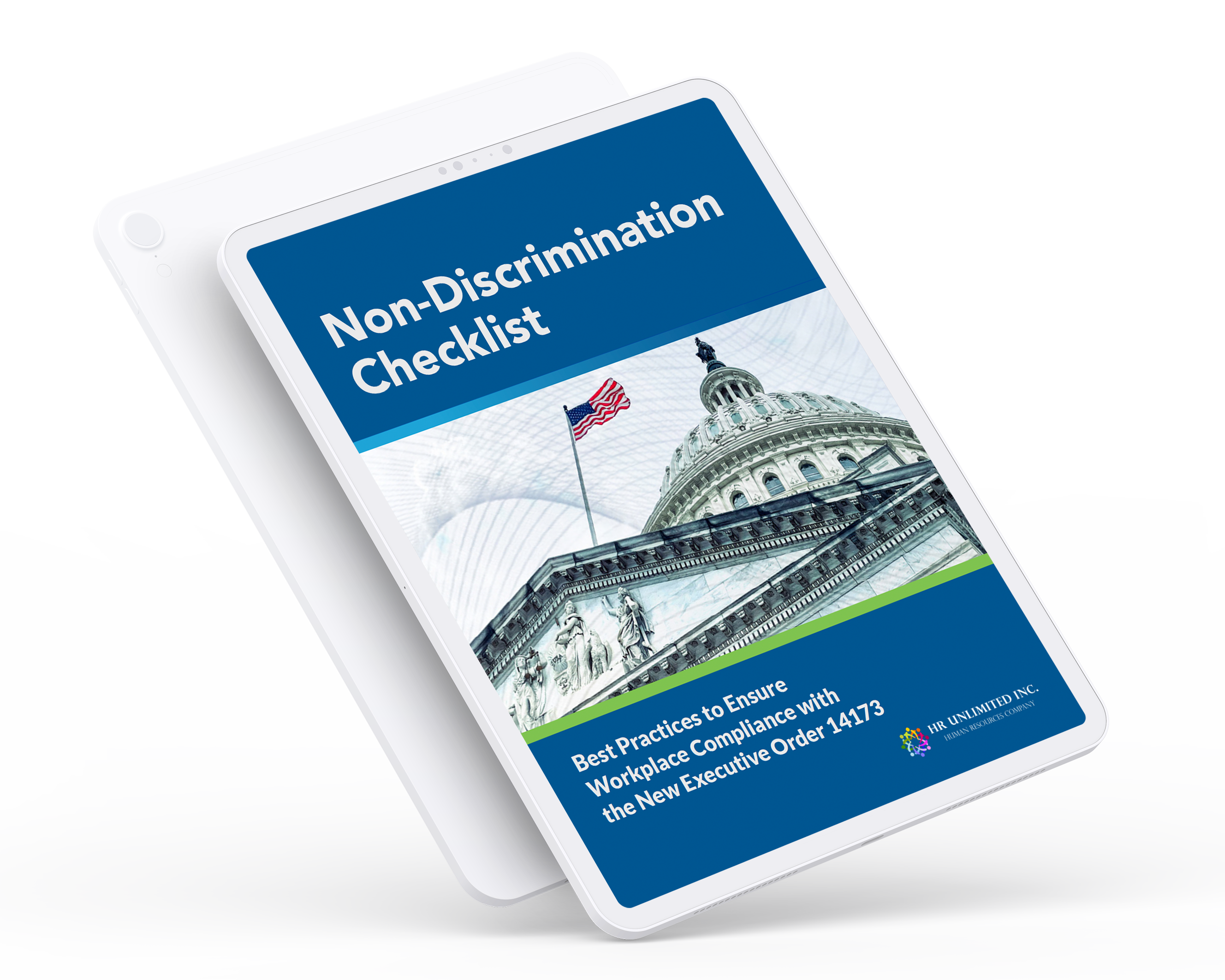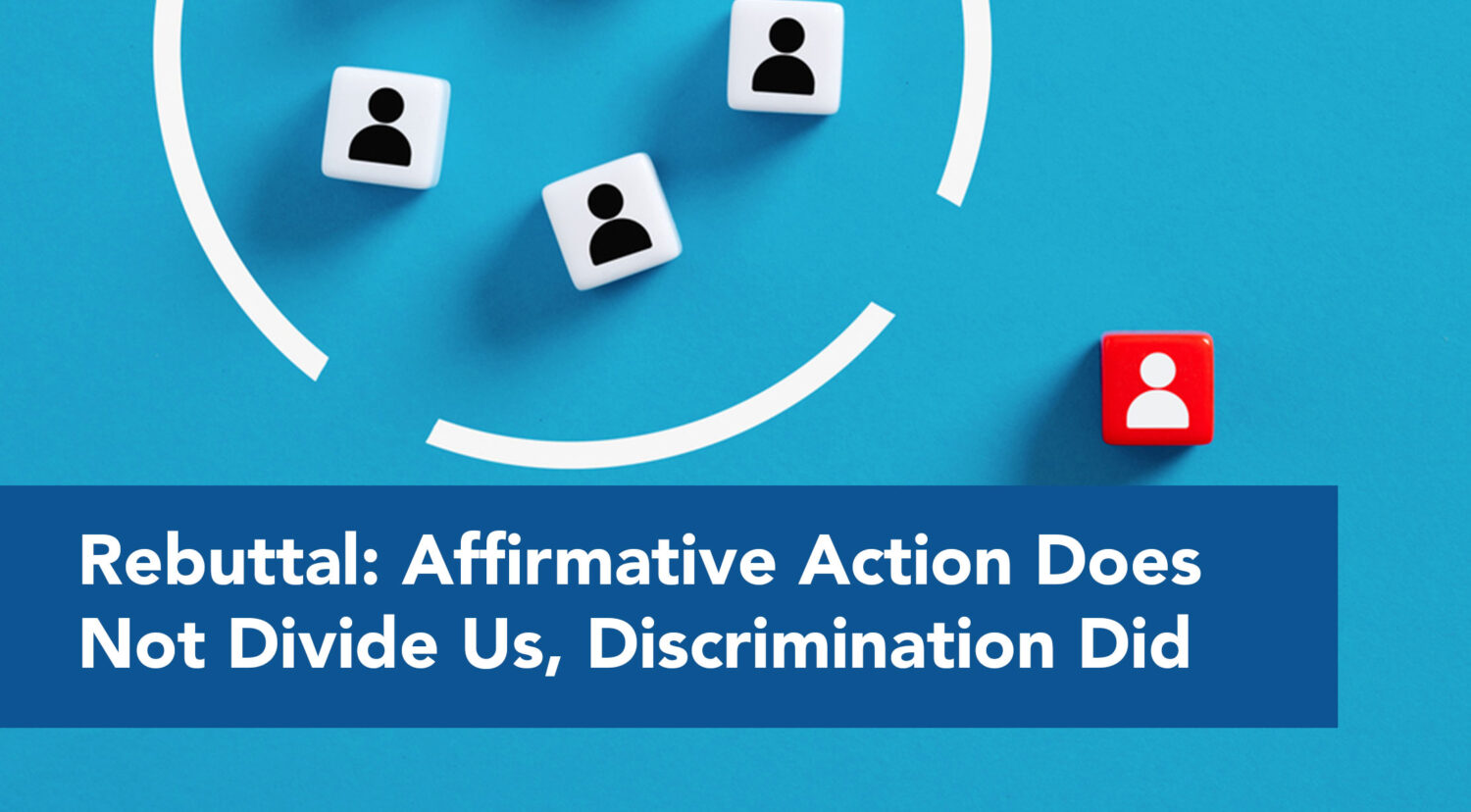Judge Roger Titus’ scathing opinion in EEOC v. Freeman 09-CV 2573 (D. MD August 9, 2013) is a lesson to any plaintiff, be it a government agency or an individual in how not to handle disparate impact cases.
Factual and Procedural History of the Case
Freeman (a nationwide convention, exhibition and corporate events marketing company) denied employment to Katrina Vaughn based on her credit history, and Ms. Vaughn filed a discrimination charge on January 17, 2008. The EEOC filed suit on September 30, 2009. It alleged that since February 2001 Freeman engaged in a pattern or practice of discrimination against African-Americans in credit, and against African-Americans, Hispanics and males in using criminal background checks that disproportionately impacted these groups, and were not job-related or consistent with business necessity. After dismissals based on procedural issues, the “credit class” consisted of 51 African-Americans allegedly unlawfully excluded from employment between March 23, 2007 and August 11, 2011. The “criminal class” was comprised of African-Americans and males allegedly unlawfully excluded from employment between November 30, 2007 and July 12, 2012.
The case focused primarily on the expert report offered by the EEOC to support its disparate impact claims. Freeman moved to strike the expert’s report and testimony, on December 18, 2012, based on inaccuracies in the underlying data. Three days later, Freeman moved for summary judgment, arguing that since the EEOC failed to present reliable statistical evidence, the EEOC could not show disparate impact. Judge Titus agreed, feeling he had “no choice” but to disregard Dr. Murphy’s disparate impact analysis, calling it “distorted”, “both over-inclusive and under-inclusive”, and, “an egregious example of scientific dishonesty”. Judge Titus also found the report to be “based on unreliable data”, “rife with analytical error”, and contained a “mind-boggling number of errors”, such that it was “completely unreliable”. For example, Dr Murphy had access to information about more than 58,000 applicants, but focused on only about 2,000 applicants, most of whom were not even connected with the time periods that were the subject of the case.
The Court’s Reasoning
Aside from the extremely flawed expert analysis, Judge Titus rejected the EEOC’s argument that it had no specific duty to identify the specific aspect of Freeman’s policies causing the supposed disparate impact, and need only rely on the policy in general to support its claims. While some uses of credit and criminal background checks may be discriminatory and may violate Title VII, Judge Titus ruled that the EEOC had the burden of applying reasonable, reliable expert testimony and “statistical analysis that demonstrates the disparate impact stemming from a specific employment practice before such a violation can be found”.
A plaintiff must therefore show that a certain class or classes of applicants is disproportionately and adversely impacted by a particular employment practice based on their race, color, religion, sex or national origin. A plaintiff does so by showing statistical disparities between the number of protected class members in the qualified applicant group and those in the relevant segment of the workforce. Only then does the burden shift to the employer to show that the practice is job-related and/or consistent with business necessity. Judge Titus specifically stated that a plaintiff must prove the discriminatory impact, and that “statistics alone are not enough”.
What Freeman Did Right
Freeman also succeeded because of its multi-faceted criminal background check review process that incorporated the EEOC’s recommendation of targeted and individualized review. The primary aspects of Freeman’s policy that withstood scrutiny were:
1. The application asked about guilty plea and conviction information, with lying being a bright line violation, resulting in denial of employment;
2. Freeman decided to offer the job before conducting the background screening;
3. Freeman reviewed warrants and gave applicants a reasonable amount of time to resolve them. Applicants who could not resolve the issues were not likely to be hired;
4. Freeman only considered convictions or releases from prison occurring within the last seven years;
5. Freeman evaluated offenses in terms of job-relatedness;
6. Crimes were rated. Violent crimes, destruction of private property (employees handled Freeman’s and vendors’ property) sexual misconduct, felony drug convictions and job-related misdemeanors were the highest-concern crimes;
7. Upper HR officials reviewed recommendations of “not to hire”;
8. Freeman restricted use of credit checks to those handling consumer credit cards, money and customer’s property of value.
In addition, Freeman articulated the following goals:
1. Avoid exposure to negligent hire/retention lawsuits;
2. Increase security of its assets and employees;
3. Reduce liability from inconsistent hiring or screening practices;
4. Proactively reduce the risk of employee-related loss;
5. Mitigate the likelihood of adverse incidents occurring on their property that could jeopardize employee or consumer confidence.
Freeman clearly thought about the specific jobs, and its “business necessities” and made a concerted effort to develop and implement policies and procedures consistent with and narrowly tailored to those goals.
Some Observations (Take Away)
The decision in this case, while a significant setback for the EEOC, does not reject challenges to the use of credit or criminal background checks by employers. The decision focused primarily on the EEOC’s failure to produce sufficient evidence to support its disparate impact claim, and perhaps secondarily on the fact that Freeman had a well-thought-out, narrowly tailored process that supported its goals.
Disparate impact cases can be costly for both sides. Proof usually requires qualified expert witnesses who can analyze evidence, prepare accurate reports, and testify credibly, which Dr. Murphy failed to do on behalf of the EEOC. Therefore, Freeman “only” had to successfully attack the EEOC’s inability to produce reliable, statistical analyses to support its disparate impact claim. The EEOC not Freeman, had the burden of proof. Winning after expert discovery, however, may be small, if any, consolation for an employer.
Disparate impact cases, decided in federal court, are instructive if not also binding on the OFCCP. Federal contractors should therefore take note of and learn from this ruling. Generally the more sophisticated the process, the more difficult for the EEOC, OFCCP or state EEO agency to pursue a disparate impact claim.
What Employers Can Learn
Although the EEOC suffered a serious defeat, Judge Titus’ ruling does in no way affects the EEOC’s Enforcement Guidance on the use of criminal background (and credit) checks in the hiring process. Therefore, employers should start by taking the following steps:
1. Click here and download the EEOC’s Enforcement Guidance, focusing on its Best Practices section at the end;
2. Consider goals and business necessities and job functions for which they hire (Aligning requirements of both business and jobs);
3. Develop and implement policies and procedures consistent with job requirements, business necessities and the EEOC Enforcement Guidance.
For more information, please contact Ahmed Younies at 714-426- 2918, x. 1 or [email protected].





